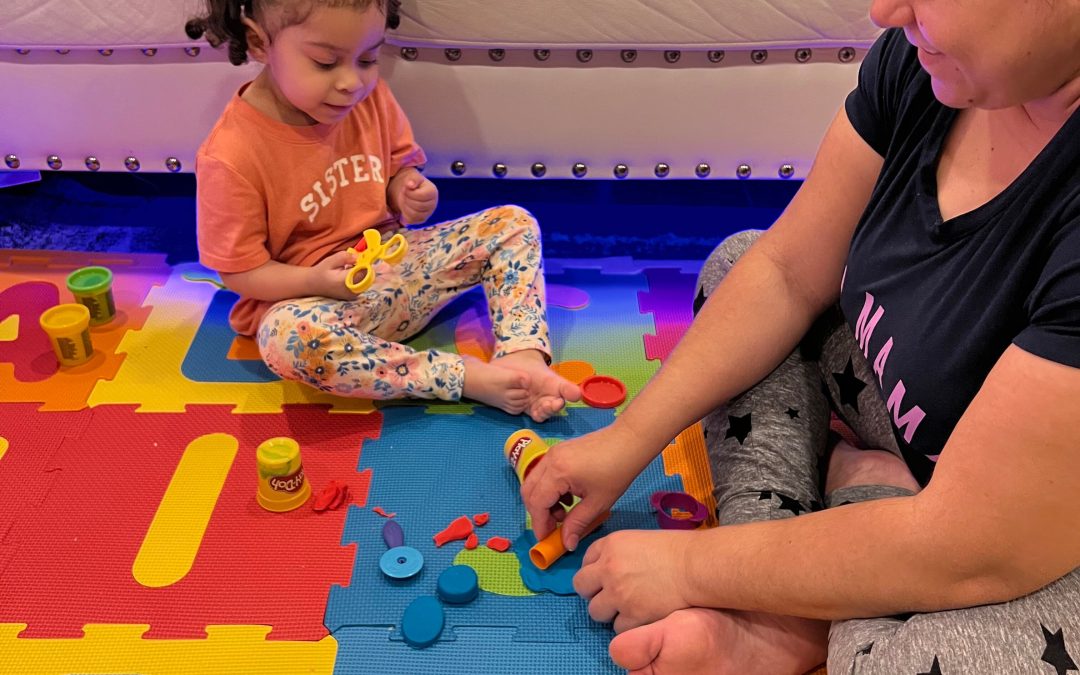In the world of early intervention, a quiet but powerful shift is taking place: more and more providers are moving away from a “hands-on” expert model and embracing the Coaching Model. This change is not just about how services are delivered—it’s about empowering families and improving long-term outcomes for children.
What is the Coaching Model?
In traditional early intervention, a therapist often works directly with the child during visits, while parents watch or support from the sidelines. In contrast, the Coaching Model turns that approach on its head. Instead of simply doing therapy to the child, providers partner with caregivers—teaching, modeling, observing, and giving feedback so that the parent or caregiver feels confident using strategies during everyday routines.
It’s less about one hour of therapy a week, and more about helping families use that hour to make a difference the other 167 hours of the week.
Why the Coaching Model Matters
1. Parents are a child’s first and most important teacher.
Children learn best from the people they spend the most time with. By coaching parents, we’re giving them the tools to support their child’s development all day long—in the car, during meals, at bath time, or while getting dressed.
2. It fits real life.
Coaching doesn’t require special toys, equipment, or setups. Strategies are built into what families are already doing, making it more sustainable and more likely to stick.
3. It builds confidence.
Instead of leaving a session feeling like only the therapist can help, parents leave feeling they can help. That confidence leads to more follow-through, more progress, and more success.
4. It’s backed by research.
Studies show that children in coaching-based models make gains equal to or greater than those in traditional therapy—and their families report feeling more empowered and supported.
What Coaching Looks Like in Practice
• A speech therapist visits and helps mom learn how to encourage language while playing with blocks at home.
• An OT joins a family at snack time and shows dad how to support picky eating during everyday meals.
• A PT models how to safely support standing or walking during diaper changes or playtime, then watches and supports the caregiver as they try it.
In all cases, the goal is to make therapy part of daily life, not a separate activity.
________________________________________
The Bottom Line
Early intervention isn’t just about helping children—it’s about helping the whole family. By switching to a coaching model, we’re doing just that: building skills, boosting confidence, and setting up little ones for long-term success by working with the people who love them most.
________________________________________
If you’re a parent of a child under 3 and wondering how early intervention can help your family, we’re here to support you.
📞 Call/Text: 610-750-6514
📧 Email: info@weetalksls.com
🌐 www.weetalksls.com


Recent Comments